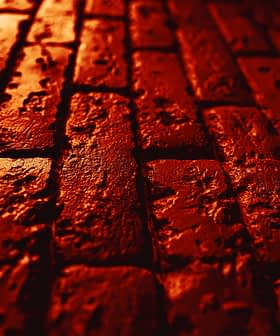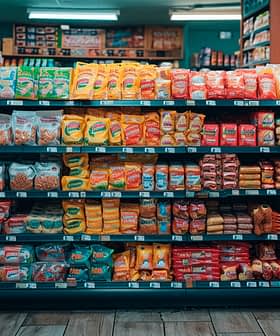On January 30, the 2015 edition of Enoliexpo Adriatica Fair was inaugurated in Fermo. During the Fair the technological developments in the field of oenology and olive milling were discussed.
During the opening conference of the event, Prof. Maurizio Servili, from the University of Perugia, presented the results of research conducted over the past five years on the chemistry makeup of 5,000 samples of Italian extra virgin olive oils.
The median percentage of oleic acid compared to the total fatty acid composition was 75 percent; the content of phenolic compounds of the analyzed oils was greater than 300 mg/Kg, with a median of 452 mg/Kg; the median value of α‑tocopherol was 209 mg/Kg.
From the results, the researchers said, we can deduce the strong link between the chemical compounds and the olive cultivars and production areas. “The sensory characteristics of some Italian EVOOs can be considered unique and difficult to reproduce in other olive-growing areas in the world,” Servili said, “because of their high content of oleic acid and the presence of phenolic compounds such as α tocopherol and squalene.”
The Prof. Servili’s research was conducted with the collaboration of Unaprol (the National Union of Associations of olive producers) which is also helping to develop new methods in oil extraction technology and sustainability. (During milling only a small percentage of olives are extracted and exploited — the oil never exceeds 20 percent of the total mass — while the rest of it is disposed off.)
“The increase in the profitability of the Italian olive oil sector,” said David Granieri, Unaprol President, said during the conference, “can improve thanks to the studies supported by Unaprol, through a more rational and complete use of the olives in milling, by generating new economic opportunities in the supply chain and related industries connected to it.”
Unaprol invested over €1 million in scientific research in the last three years, Granieri stated.








